Farmers should adopt practices to prevent soil and water salinization
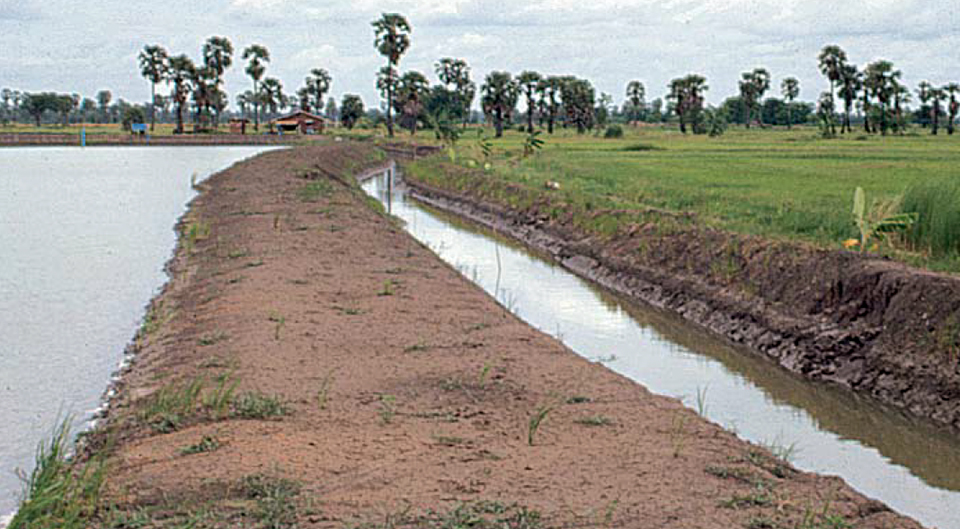
Inland shrimp farming has been a common practice in some areas of Thailand for nearly a decade and interest in this activity is spreading. Several inland shrimp-culture operations have been initiated in Ecuador and other Latin American countries. In the United States, shrimp are being produced in inland ponds in Alabama, Arizona and Texas.
This method of shrimp production is attractive because it allows better control over the spread of disease organisms than often can be achieved in coastal areas. Also, it has the advantage of moving shrimp culture from highly sensitive coastal ecosystems, which often have multiple and conflicting uses, to inland areas with more resilient ecosystems, where conflicts with other resource users are less likely.
Inland water use
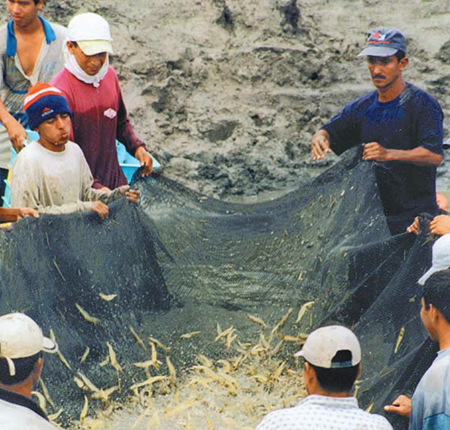
A few inland producers are trying to raise shrimp in freshwater, but in most cases, water with 2 to 5 ppt or greater salinity is provided in culture ponds. Some areas have saline underground water that can be obtained from wells and used directly, or diluted with freshwater for shrimp culture. Brine solution from coastal evaporation ponds used for salt making can be brought in and mixed with freshwater. Salt also can be dissolved in freshwater to increase salinity.
Environmental groups have objected to inland shrimp farming on the grounds it will cause soil and water salinization. While there is potential for such salinization, steps can be taken to minimize the impact of inland shrimp farming on water resources and vegetation.
Preventing salinization
During a recent trip to Thailand, I visited several inland shrimp farms located adjacent to rice fields, orchards and natural freshwater wetlands. Based on the appearance of the crops and vegetation, I found no evidence of salinization. These farms had initiated practices to reduce the loss of water from ponds and employed water-reuse techniques for shrimp culture.
In west-central Alabama, USA, farmers have cultured channel catfish for more than 25 years in ponds filled with well water of 2 to 6 ppt salinity. This water is highly prized by catfish farmers, because it has therapeutic value to fish, and fewer disease problems develop with its use than in normal freshwater water.
An environmental impact assessment of channel catfish farming in Alabama revealed no negative impacts of catfish culture in saline water. However, it should be noted that all catfish culture in saline water has been conducted in embankment ponds that only overflow after heavy rainfall, ponds are constructed in heavy clay soils where seepage is low, sediment is not removed from ponds and ponds are not drained more than two times in 15 years for fish harvest because harvest is done by seining.
Good practices
If standards for the location, design, construction and operation of inland shrimp farms are developed and enforced, inland shrimp farming can be conducted in a profitable, sustainable and environmentally responsible manner. The major practices that should be adopted to prevent salinization are straightforward and relatively simple.
Pond design
Production should be done in embankment ponds, because watershed ponds have large amounts of overflow that could cause salinization of surface water. During high rainfall periods, overflow can occur even from embankment ponds. Thus, ponds and reservoirs on farms should have adequate free board to store direct rainfall and avoid overflow. A shallow ditch with a low embankment on its outside should be constructed around the farm to prevent runoff onto adjacent land.
Site selection
Sites for inland shrimp farms should have soils of adequate particle size distribution to resist seepage. Control of seepage will conserve the saline water used in culture ponds, as well. Where soils have a moderate to high potential for seepage, a clay liner or plastic membrane can be installed in ponds to reduce water loss.
Water reuse
Inland shrimp farms should reuse water. This practice will prevent effluents from entering natural waters and conserve saline water for shrimp culture. Reuse systems should contain water treatment reservoirs and possibly wetlands for enhancing water quality.
Moreover, sediment should not be removed from ponds and discarded outside the farm area. Such sediments contain salt that can leach out following rains, and possibly contaminate surface and underground water and soil.
Buffer zones
A buffer zone of vegetation should be provided around farms. The continued health of the buffer-zone vegetation will provide evidence that salinization of surface soil is not occurring. Piezometer tubes can be installed at critical points and monitored to assure that salinization of the shallow aquifer does not develop.
Conclusion
Inland shrimp farmers should adopt practices to prevent soil and water salinization. Shrimp farmers can work with governmental agencies to develop formal regulations for inland shrimp culture based on best management practices. The Global Aquaculture Alliance may also develop suggested practices for inland shrimp farming.
In Ecuador, the National Aquaculture Chamber (Cámara Nacional de Acuacultura) cooperated with the Deputy Secretariat for Fishing Resources (Subsecretaría de Recursos Pesqueros) to develop experimental standards for inland shrimp farming. These standards, which other nations would do well to emulate, are an important step toward assuring that inland shrimp farming will grow in a responsible manner.
(Editor’s Note: This article was originally published in the August 2001 print edition of the Global Aquaculture Advocate.)
Now that you've reached the end of the article ...
… please consider supporting GSA’s mission to advance responsible seafood practices through education, advocacy and third-party assurances. The Advocate aims to document the evolution of responsible seafood practices and share the expansive knowledge of our vast network of contributors.
By becoming a Global Seafood Alliance member, you’re ensuring that all of the pre-competitive work we do through member benefits, resources and events can continue. Individual membership costs just $50 a year.
Not a GSA member? Join us.
Author
-

Claude E. Boyd, Ph.D.
Department of Fisheries and Allied Aquacultures
Auburn University, Alabama, USA[117,100,101,46,110,114,117,98,117,97,64,49,101,99,100,121,111,98]
Tagged With
Related Posts
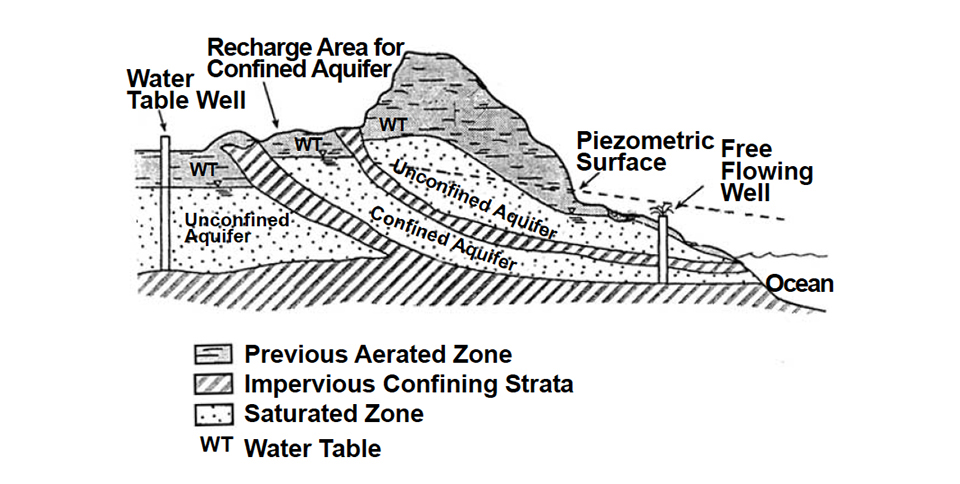
Responsibility
Groundwater and wells
Groundwater from wells is sometimes used to supply hatcheries and ponds. The potential water supply via wells is defined largely by geology.
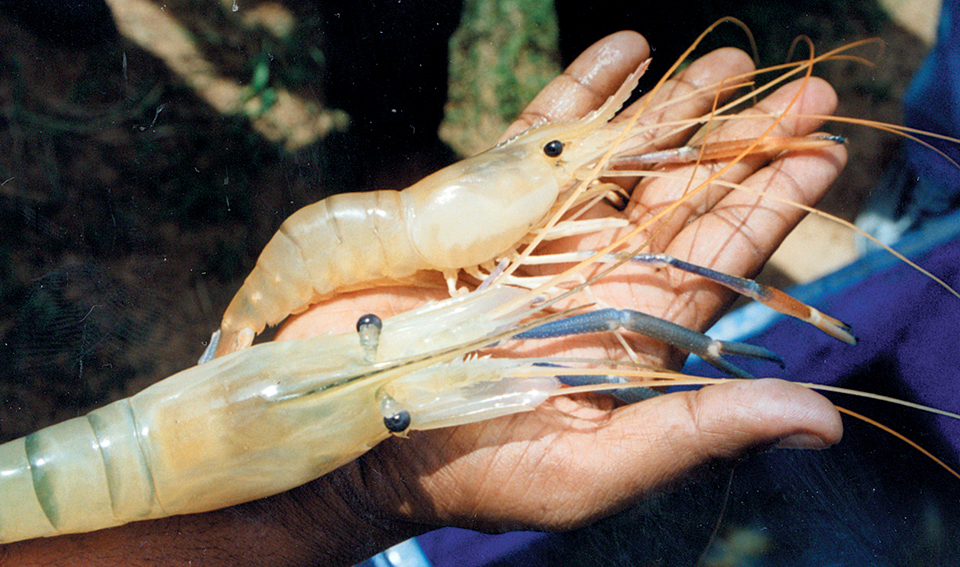
Intelligence
Freshwater prawn farming expanding in India
Freshwater prawn farming has taken place in India for many years, yet up until the late 1990s, annual production was just a few hundred tons.

Responsibility
Standardize terminology for low-salinity shrimp culture
There is increasing interest in low-salinity shrimp culture in inland areas because it is thought that disease control is easier to implement.
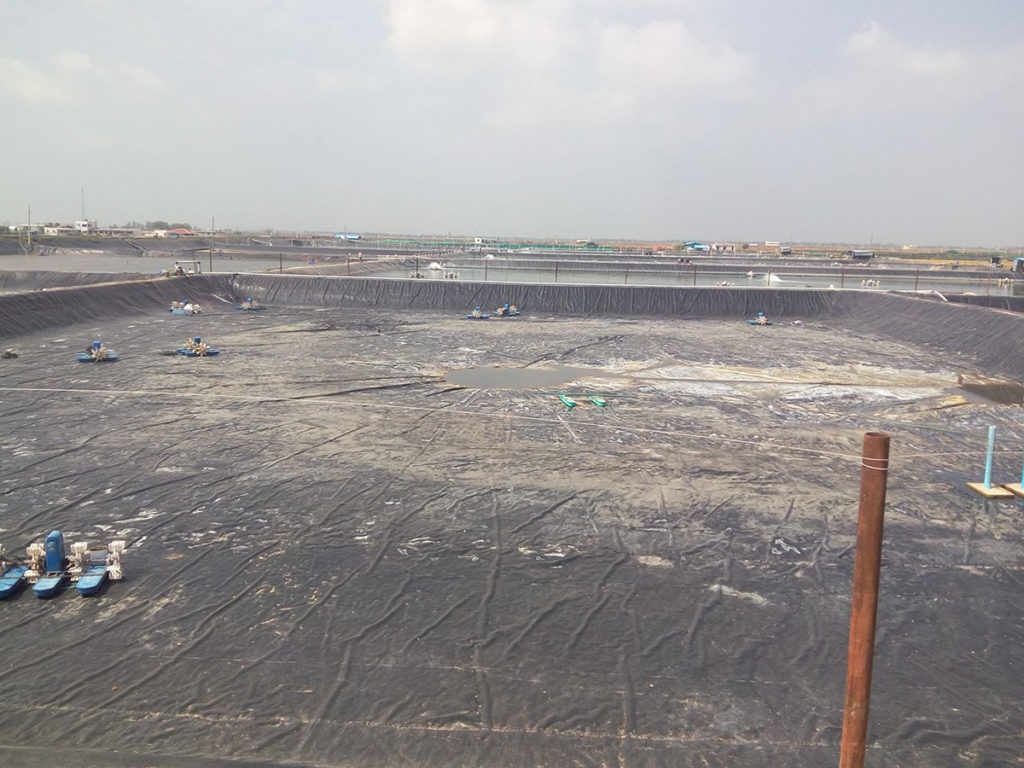
Responsibility
Appraising pond liners for shrimp culture
The use of plastic-lined ponds by shrimp farmers can significantly improve production efficiency, support more production cycles per year, and higher mechanical aeration rates and stocking densities. The capital cost of lining ponds can be very significant, so a thorough feasibility analysis is recommended when considering this production tool.

